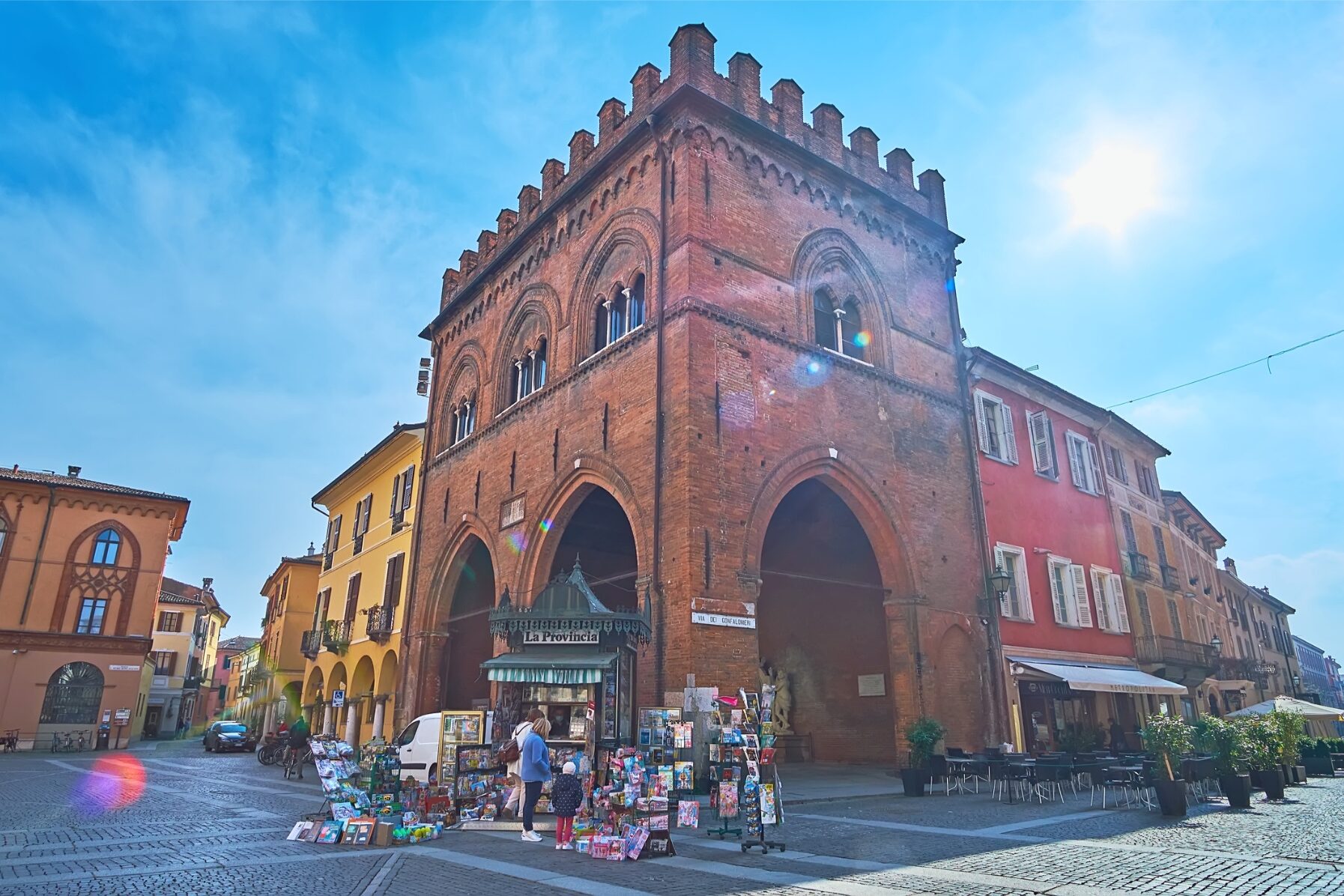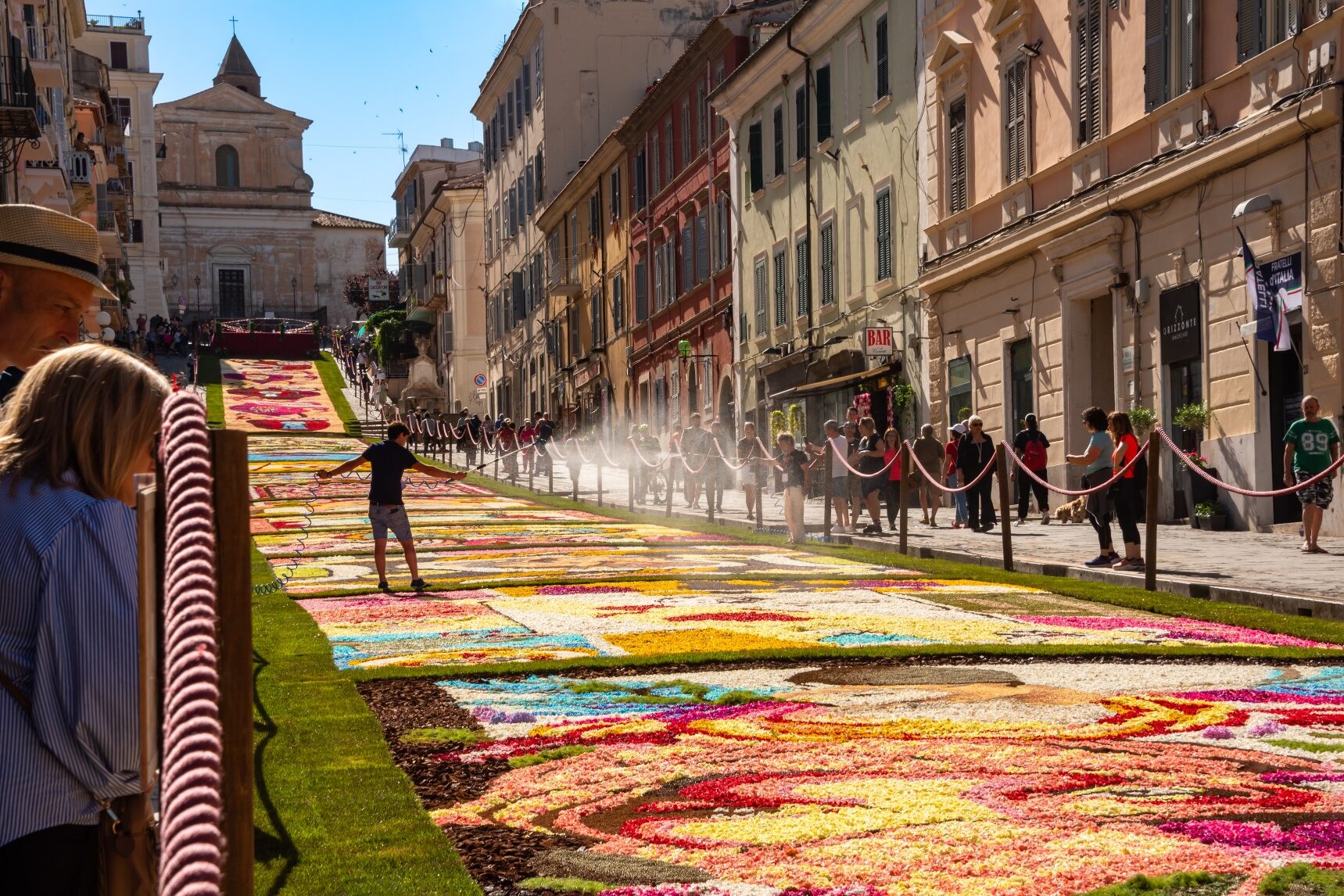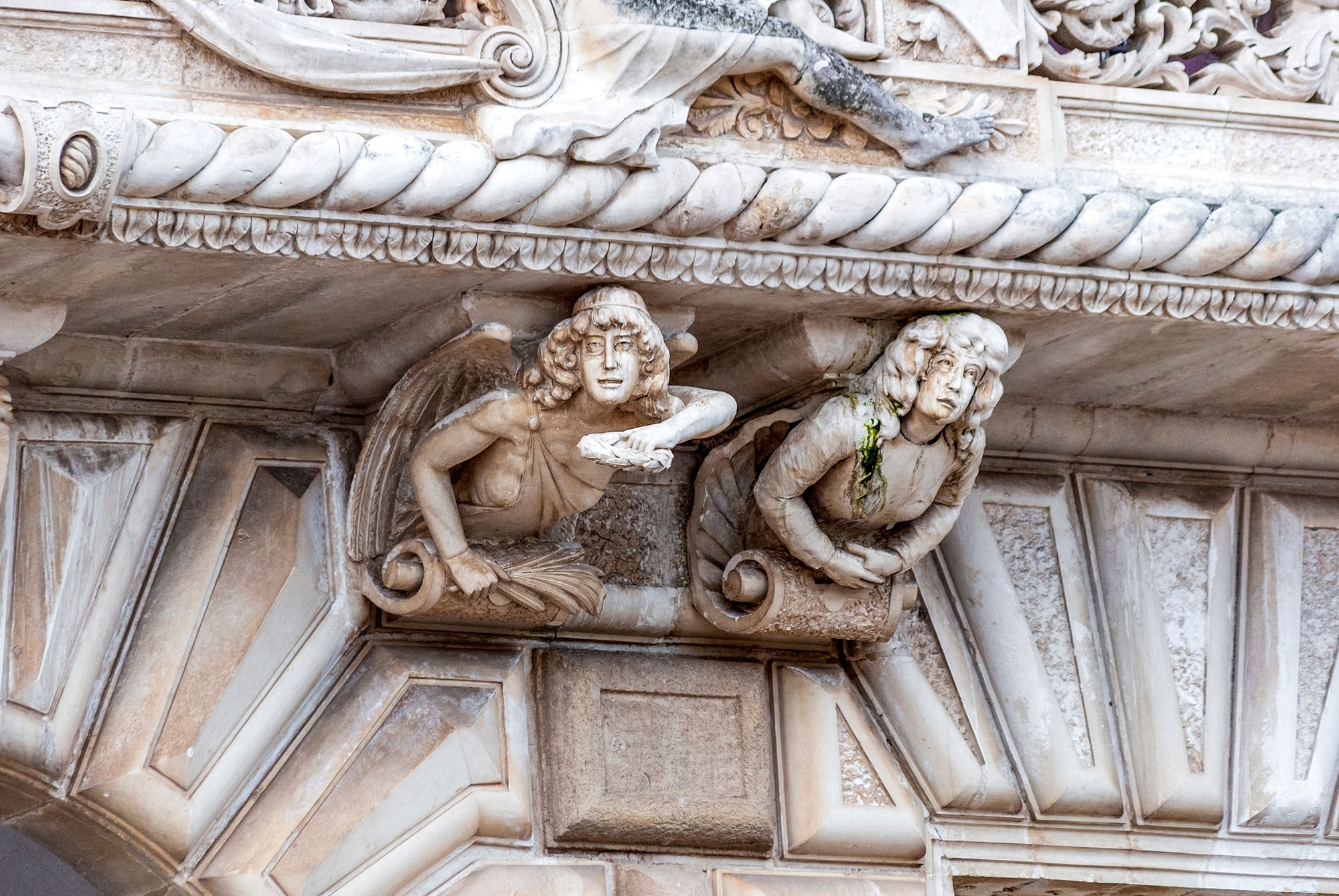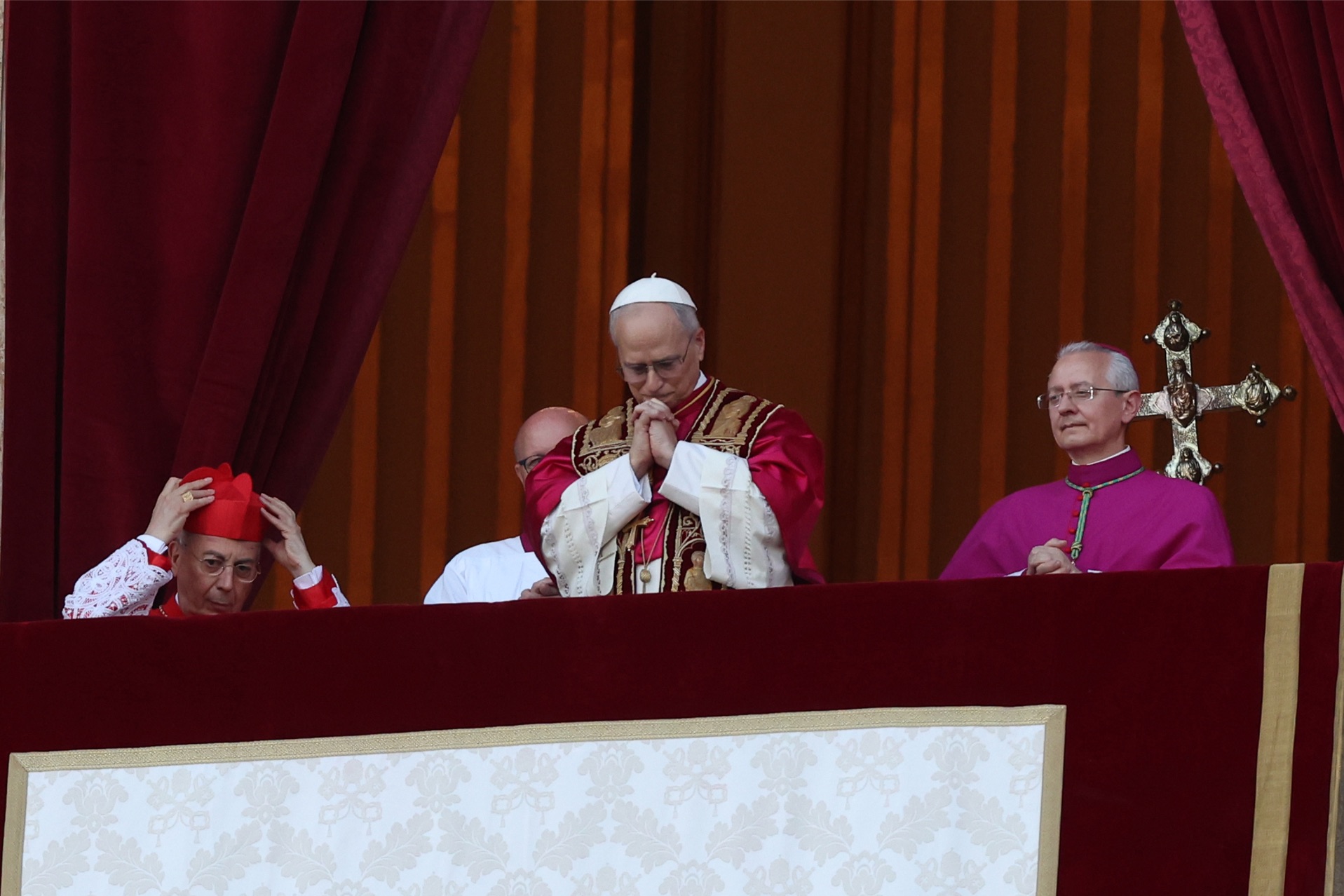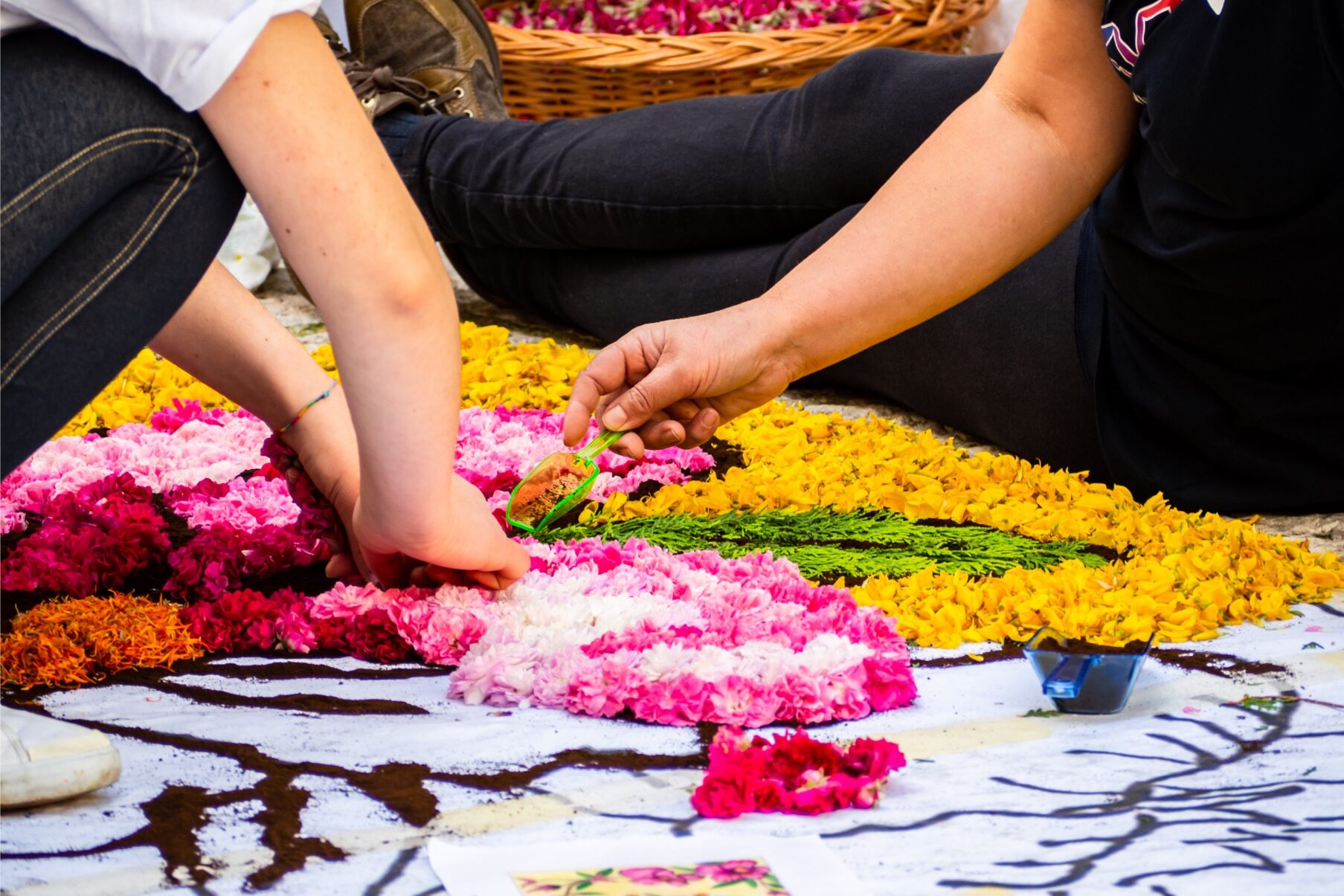Ancient Sicily as a center of cultural innovation
An island at the crossroads of the Mediterranean, Sicily occupied a pivotal place in antiquity between Greece, North Africa, and the Italian peninsula. The exhibit Sicily: Art and Invention between Greece and Rome, now on view at the Getty Villa in Malibu, showcases ancient Sicily as a major center of cultural innovation from the fifth to the third centuries B.C., when art, architecture, theater, poetry, philosophy, and science flourished and left an enduring stamp on mainland Greece and later on Rome.
“This is the first major exhibition to arise from the Getty’s 2010 Cultural Agreement with Sicily, presenting masterpieces that are among the most accomplished examples of ancient Greek art in the world,” said Timothy Potts, director of the J. Paul Getty Museum. “We are especially thrilled to have on view the exceptional statue of a victorious Charioteer from Mozia that the Getty has recently conserved. This object is a unique expression of the marvelous artistry of Greek sculptors at the dawn of the Classical era.”
The spectacular and newly conserved Mozia Charioteer statue is the centerpiece of the exhibition.
Discovered in 1976 on the island of Mozia in western Sicily, it is believed to represent a charioteer who competed at Olympia on behalf of one of the Sicilian rulers. The extraordinary style of the sculpture, especially notable in the sinuous pleating of the long linen xystis that sheathes the figure’s athletic physique, is a tour-de-force of stone carving. Clearly a master of his craft, the sculptor was able to reveal the torso and limbs beneath the thin fabric. With its confident gaze and proud stance, this statue conveys the high level of originality and experimentation achieved by Greek sculptors working in Sicily.
Recently on view at the British Museum in London during the 2012 Summer Olympics, the statue has since undergone a conservation treatment at the Getty Villa. Part of the Getty’s cultural agreement with Sicily, this 18-month collaborative conservation project involved remounting the sculpture and the provision of a seismic isolation base, which will accompany the object when it is reinstalled at the Whitaker Museum on the island of Mozia.
Together with the Charioteer, Sicily: Art and Invention between Greece and Rome, co-organized by the J. Paul Getty Museum, the Cleveland Museum of Art, and the Assessorato dei Beni Culturali e dell’Identità Siciliana, features some 150 objects, a major portion on loan from institutions in Sicily, including stone and bronze sculptures, vase-paintings, votive terracotta statuettes and reliefs, carved ivory, gold and silver metalwork, jewelry, inscriptions, architectural revetments, and coins.
“These splendid objects bear witness to the athletic and military victories, religious rituals, opulent lifestyles, and intellectual attainments of the Sicilian Greeks, which shaped Greek culture at its peak,” explains Claire Lyons, acting senior curator of antiquities at the J. Paul Getty Museum and curator of the exhibition.
Known as the “coin of coins,” the unique Aitna tetradrachm from the Royal Library of Belgium is one of the most precious ancient coins in the world. On view in the exhibition along with 50 other exceptionally crafted Sicilian Greek coins, the image on the tetradrachm depicts the head of Silenos on the obverse and on the reverse, Zeus enthroned with an eagle perched beside him, imagery that alludes to the cult of Zeus on Mt. Etna.
Sicily: Art and Invention between Greece and Rome also examines how settlers from the Greek mainland brought their myths and religious practices to Sicily. To sanctify new colonies and maintain ties with mother cities, they built altars and temples to such gods as Apollo, the patron deity of colonists, as well as the deified hero Herakles. Included are terracotta heads of Apollo, Hades, and Persephone, created as cult or votive images of deities that played a central role in ancient Sicilian worship.
Another section of the exhibition will focus on Archimedes of Syracuse (about 287–212 B.C.), one of history’s foremost scientists and mathematicians. More than a millennium ahead of its time, his work laid the foundation for branches of math, physics, engineering, and even computer science. When Syracuse’s King Hieron II asked him to determine whether a crown was made of pure gold, Archimedes made his legendary deduction that a solid displaces a volume of liquid equal to its own volume, a discovery that supposedly caused the scientist to leap from his bath and run naked through the streets crying “Eureka” (“I have found it!”). On view is a leaf from the Archimedes Palimpsest, the only surviving manuscript containing copies of Archimedes’ writings.
Finally, the exhibition examines the reflections of literature in Sicilian visual arts.
Sicily: Art and Invention between Greece and Rome is the latest in a series of cooperative efforts between the Getty and the Sicilian Ministry of Culture and Sicilian Identity arising from a 2010 agreement that calls for a number of collaborative projects, including object conservation, seismic protection of collections, exhibitions, scholarly research, and conferences. Recent related projects include the 2010 loan of the Gela Krater, a monumental red-figured volute krater (wine mixing vessel) attributed to the Niobid Painter; The Agrigento Youth, a rare example of an early classical marble statue called a kouros (an idealized nude young man), loaned to the Getty from the Museo Archeologico Regionale in Agrigento (2010/2011); and most recently the loan of thirty-six objects from the sanctuaries of Demeter at Morgantina (2012/January 2013).
The exhibition celebrates 2013 as the Year of Italian Culture in the United States, an initiative of the Italian Ministry of Foreign Affairs, realized under the leadership of the President of the Republic of Italy; it will be on view at the Getty Villa until August 19, 2013.
For details and visiting hours please visit: www.getty.edu









